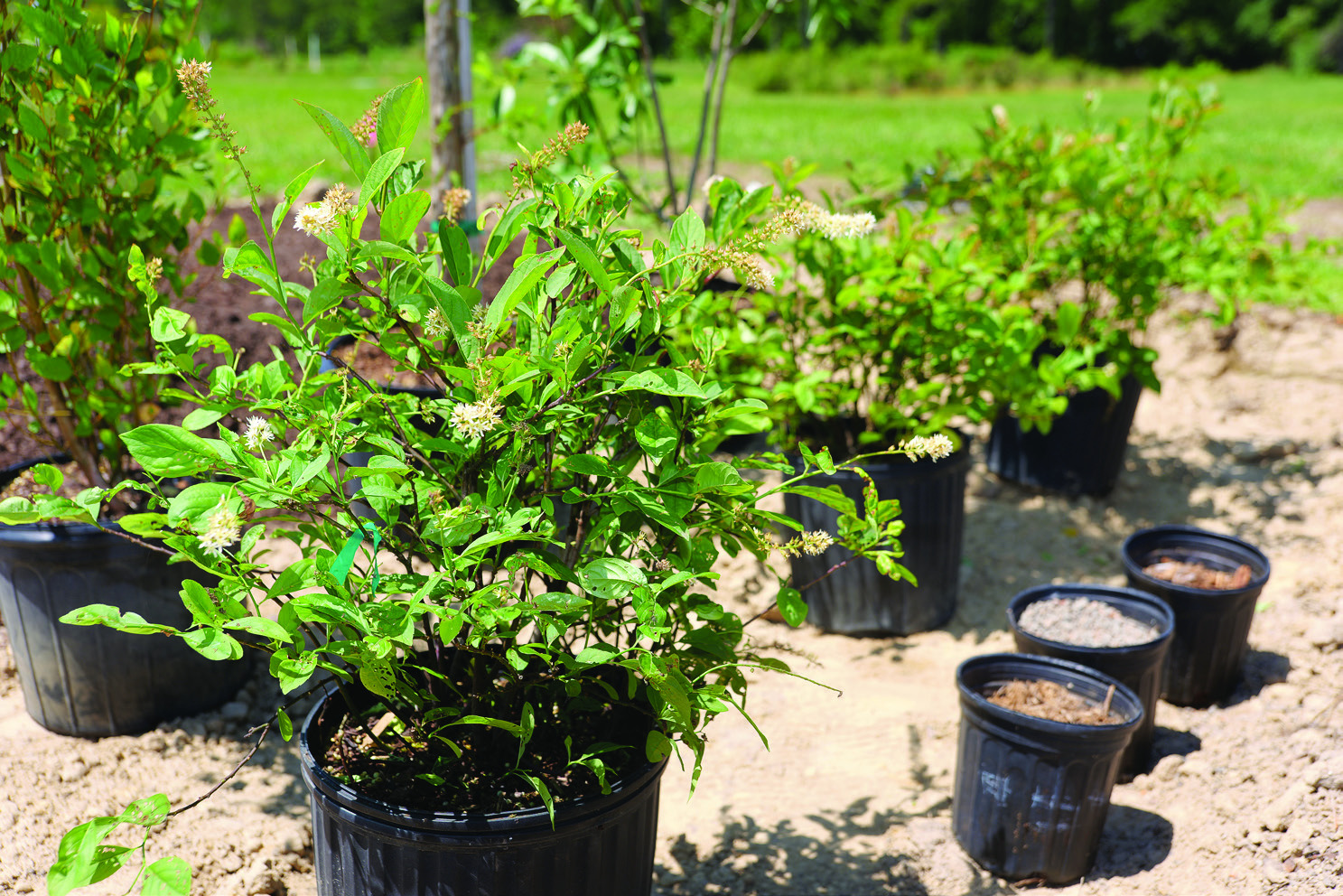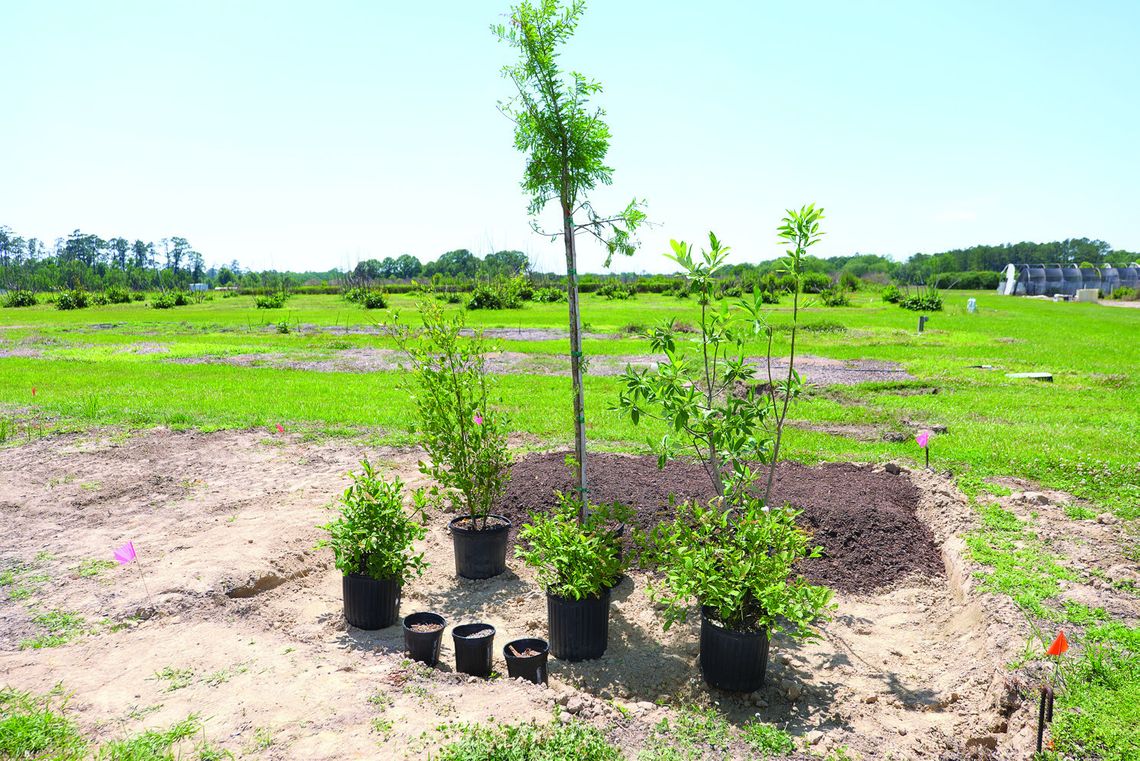Get it growing
Summer in Louisiana tends to bring afternoon downpours. Where does all that rainwater go?
Some of it is absorbed by the ground and plants. Some pools in low spots. And some turns into runoff, rushing into ditches, drains and, ultimately, natural waterways.
“Particularly in urban environments where we have a lot of impermeable surfaces, that presents a problem,” said Damon Abdi, an assistant professor of landscape horticulture with the LSU Ag-Center. “We have a lot of runoff water that can also transport a lot of contaminants.”
In many situations, rain gardens offer a practical — and beautiful — solution.
Rain gardens often are created in low-lying areas that hold water after it rains. They also can be built as a tool for reducing stormwater runoff. They include plants that can handle periodic and even consistent moisture.
Think of rain gardens as corrals for rainwater. They give the water a place to sit until it can seep into the earth. In the meantime, moisture- loving plants can get a satisfying drink and help soak up some of that water, too. This means less water — and the debris and pollutants it picks up along the way — flowing into drainage systems and waterbodies.
Better still — rain gardens can transform unsightly puddles into aesthetically pleasing landscape features. And they can even serve as refuges for pollinators and wildlife.
Rain gardens aren’t difficult to build. If you’d like to construct one, follow these steps: Identify a low section of your yard — or choose a location where you want to create one. Make sure that utilities are not buried beneath the area, and locate the garden at least 10 feet away from your home and 50 feet away from septic tanks.
Use a garden hose to outline the shape of your rain garden. It doesn’t have to be a perfect rectangle or circle; an irregular, natural shape can add a unique look to the landscape.
Excavate about 4 to 6 inches, creating a shallow bowl.
Fill the rain garden with a medium that supports plant growth, holds ample water and drains effectively. A typical landscape bed mix that includes pine bark and sand is a good starting point.
Install plants that thrive in wet conditions. Hint: Plants that are native to Louisiana are good choices! Including a mix of different plants can provide more appeal to the garden and make it more resilient to fluctuating conditions.
At the AgCenter Hammond Research Station, Abdi and his graduate student, Brianna Slade, are studying whether amendments such as sugarcane bagasse, expanded shale and wood chips can enhance the functions of rain gardens.
Abdi and Slade selected four native species to plant in their rain garden: river birch, bald cypress, sweetbay magnolia and Virginia sweetspire. But rain gardens can include many other plants.
“Some other native options you can consider include Louisiana iris, Hibiscus moscheutos and dwarf palmetto — providing a range of foliage, form and flowers to enhance the installation,” Abdi said. “Adding in ornamental grasses such as switchgrass or using native rush species can introduce vertical interest to the design. Yaupon hollies come in all shapes and sizes, offering a range of evergreen options for a rain garden. American beautyberry can provide purple fruit to add interest in the fall. Native species of cannas help bring in bright, tropical flower colors.”



